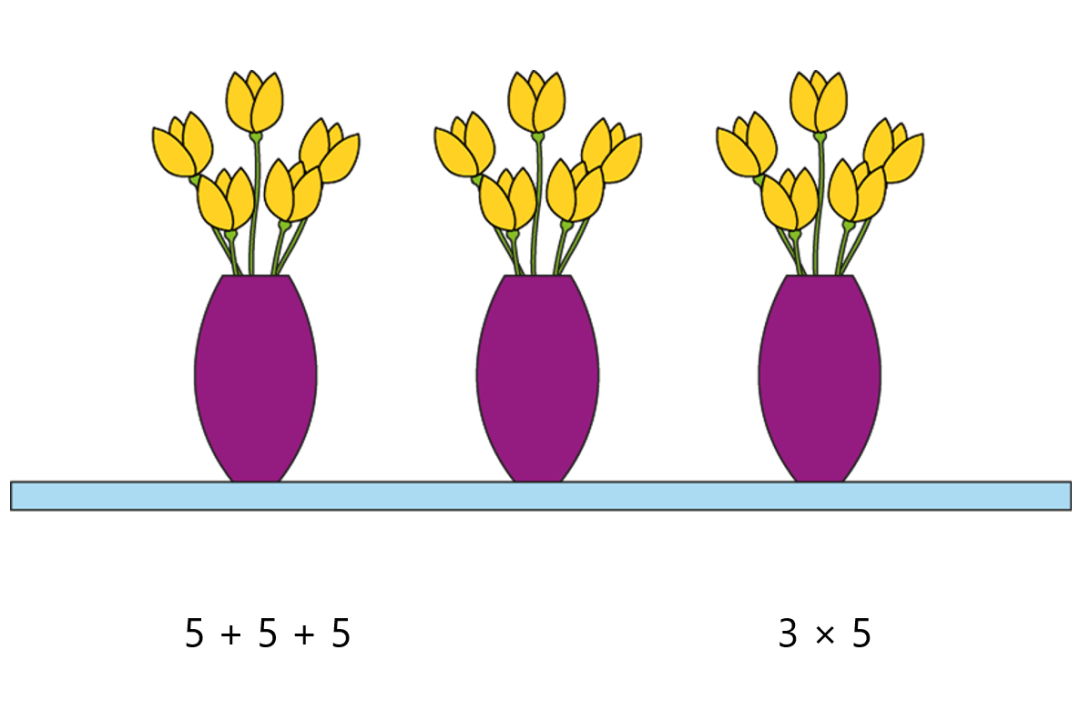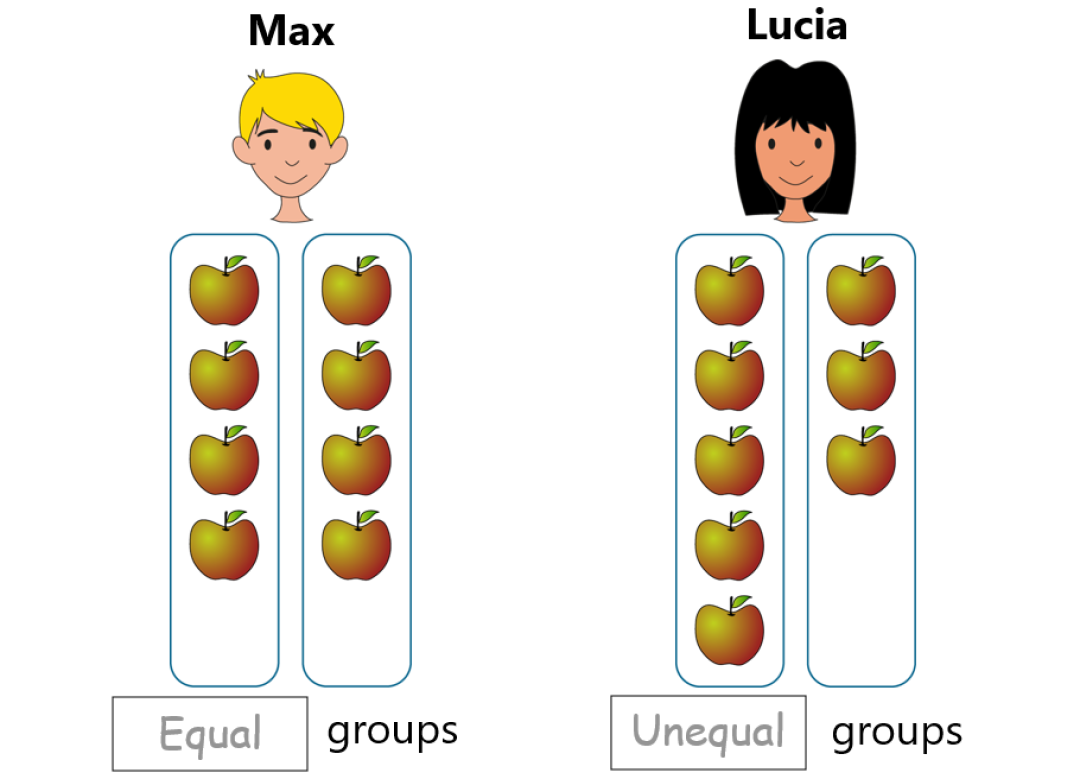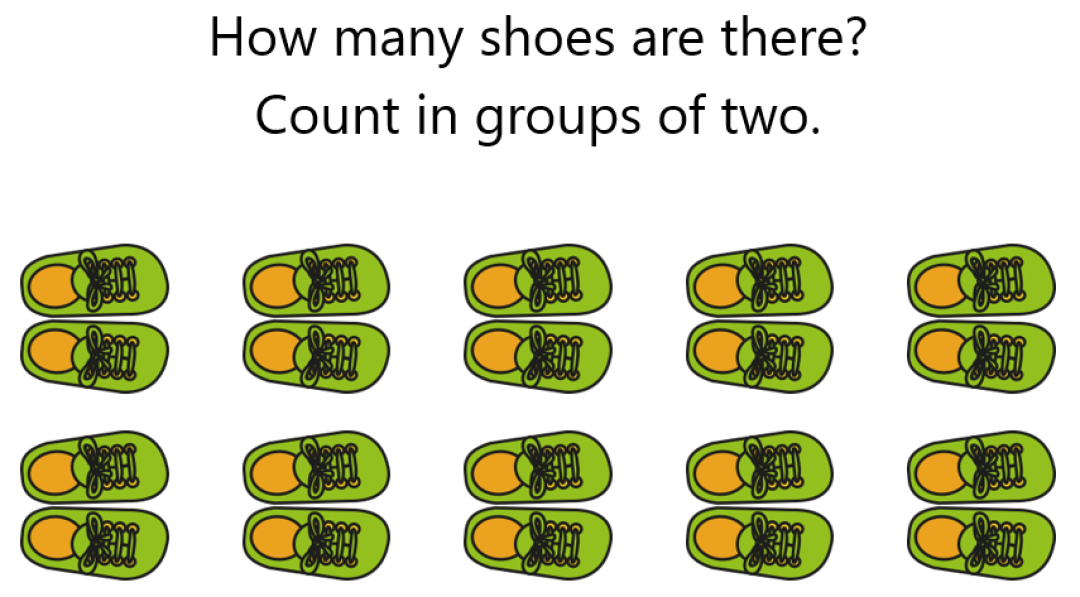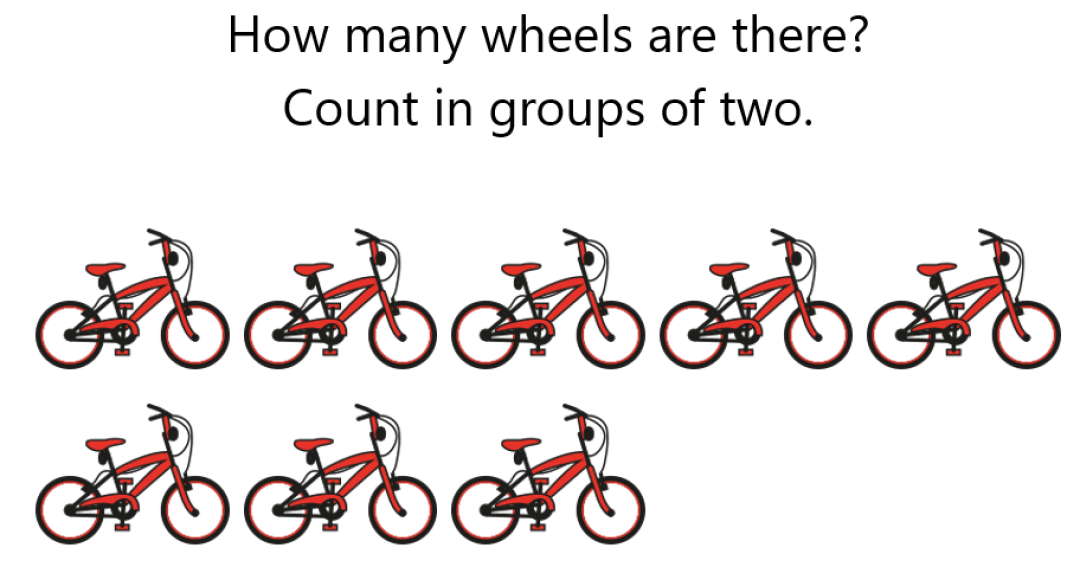Useful tips for tackling multiplicative thinking
Embedding multiplicative thinking across the primary maths curriculum
23/03/2023

Ask any adult what children might be learning when they study multiplication in primary school, and they will probably mention times tables. Ask a teacher preparing their class for SATs, and written methods of multiplication will be high on the agenda. However, primary teachers will know there is more to multiplication than this. Supporting children to develop an understanding of the structures involved in multiplicative thinking is essential for so many areas of maths. But how can we ensure that teachers can develop multiplicative thinking across the primary maths curriculum?
We know that a significant amount of maths in KS2 and beyond – fractions, ratio, percentages, trigonometry, similarity, pie charts and more – depends on the ability to think and reason multiplicatively. However, though it may appear at first glance as if, in primary school, the topic of multiplication is heavily weighted towards KS2, much of the maths pupils will learn at KS2 and KS3 relies on a multiplicative understanding which begins in KS1. If multiplicative thinking is not securely embedded in KS1, progress in maths could be limited.
So how best to adopt a whole school approach to multiplicative thinking that ensures that firm foundations are laid in KS1 and securely embedded throughout primary? We have picked out some of our popular features and resources to summarise how you could approach embedding multiplicative thinking in your class or school.
1. Introducing multiplicative thinking
The understanding that multiplicative thinking is a thread that runs from Year 2 to Year 6, and beyond, is crucial, and reading and sharing our feature, Introducing multiplicative thinking, is a good start in developing this understanding. This accessible introduction to the topic includes material from the NCETM Primary Professional Development Materials, and explains how representations can be an invaluable tool to support children in making the tricky conceptual shift in KS1 from additive to multiplicative thinking.
In the feature, we look at how the groundwork is laid in KS1 to make the move from additive to multiplicative thinking, when children first start comparing equal and unequal groups.
Once secure in this, they will focus on how the addition of equal groups can be represented, first as a repeated addition, for example 2 + 2 + 2 + 2, and then as a multiplication expression, such as 4 × 2. At each of these pivotal stages of learning, teachers are signposted to the learning sequences available in the Curriculum Prioritisation Materials, to ensure a pathway from familiar concepts towards a multiplicative way of understanding. The feature looks at multiplicative thinking in all primary year groups, making it relevant to those with a responsibility for maths across their school, and individual teachers whatever their key stage or phase.
2. What is unitising, and why is it important?
Another essential aspect of multiplicative thinking also begins in KS1. Unitising is treating groups that contain or represent the same number or value as ‘units’ or ‘ones’; for example, a single egg box containing six eggs or a five pence piece with a value of five pennies. Being able to unitise is a key step to handling money, as well as understanding place value (ten ones can be represented by one ten and so on).
Our article, What is unitising, and why is it important?, explores this important concept from Year 1 to Year 6, and contains handy links to carefully-selected extracts from the PD Materials. A fascinating read in its own right, it could also be easily adapted to form the basis of a staff meeting or CPD session.
3. Representations in our primary video lessons
Most will agree that a secure knowledge of multiplicative number facts is beneficial for children, but many teachers are also aware that it is just as important to reveal the underlying mathematical structures of multiplicative relationships. In this feature we demonstrate how to achieve this with concrete and pictorial representations to ensure children have a really deep, conceptual understanding of the maths.
Representations in our primary video lessons explores a range of different representations which teachers can use to support all children to understand additive and multiplicative structures and to make the conceptual shift between these. The feature draws on two video lessons which show how representations can be used to support children to unitise and develop an understanding of ‘twoness’. The video lessons featured were initially made to support remote learning during the school closures, but they remain a useful resource, both for ECTs and teachers looking to enhance their subject and pedagogical knowledge. Links are available to video lessons for all year groups.


